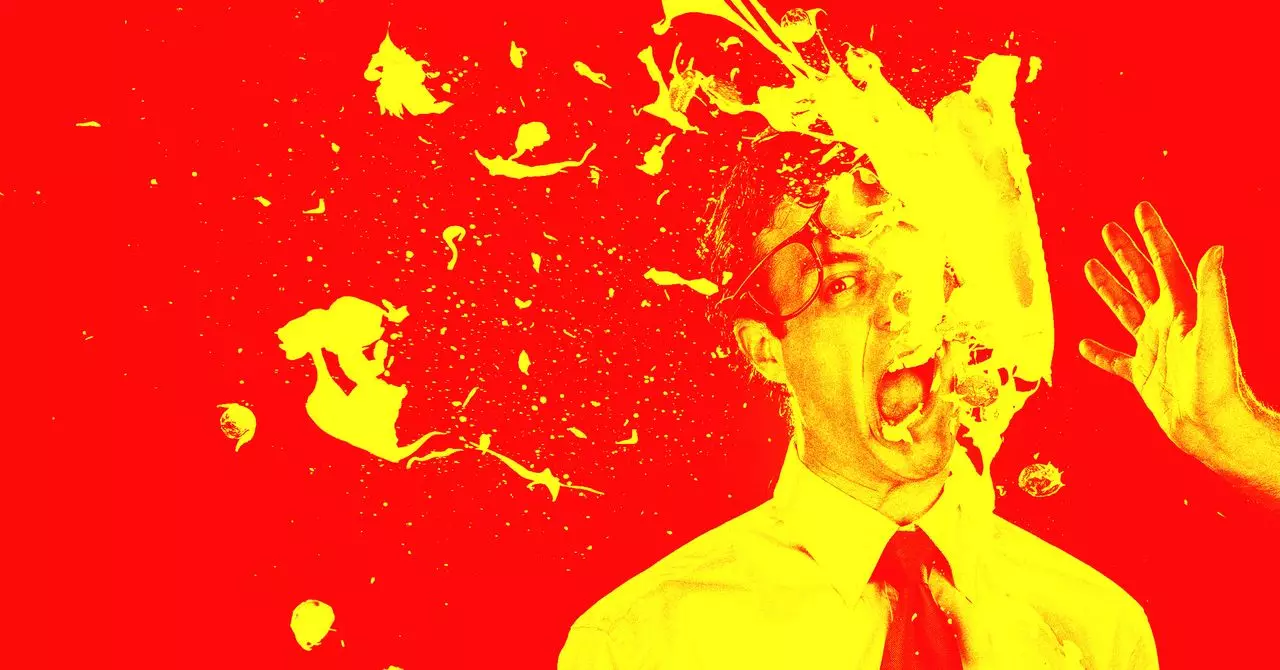Duolingo’s green owl mascot, once a symbol of fun and accessible language learning, became a viral sensation among young users, cultivating a dedicated community and impressive social media engagement. However, this popularity took a sharp turn after Duolingo announced its shift toward becoming an “AI-first” company. The plan to replace some contract workers with AI automation ignited significant backlash online. Young users expressed their displeasure prominently on TikTok and Instagram, sharing stories of performatively uninstalling the app despite the loss of their cherished streaks—a testament to how deeply invested they were emotionally, and how strongly they felt betrayed by the company’s move.
Automation and Anxiety: The Growing Tension Between AI Promises and Workforce Realities
At the heart of the negative reaction towards Duolingo’s AI pivot lies a broader, palpable anxiety about AI’s impact on jobs and human labor. While AI’s proponents highlight improved efficiency and innovation, many perceive automation as a direct threat to employment security. Duolingo’s affirmation that AI wouldn’t “replace staff” but rather reduce dependence on contractors wasn’t enough to calm fears. This response reflects a wider skepticism towards similar announcements from major tech players like Klarna and Salesforce, where AI is positioned as a tool to cut hiring needs, particularly in customer service and engineering roles.
Rather than inspire confidence, these moves reinforce a narrative of displacement and devaluation of human expertise. The invisible line between augmentation and replacement blurs, leading to growing distrust in AI as a workforce solution and stoking fears of widespread job loss.
Beyond the Workplace: The Ethical and Cultural Controversies Surrounding AI
Criticism of generative AI extends far beyond employment implications. Users and observers are increasingly concerned about the quality, ethics, and environmental costs of these technologies. For example, AI-generated outputs are often riddled with factual errors, undermining trust in their reliability. Environmentalists raise alarms over the massive energy consumption underlying AI training and operation, contributing to climate stress. Additionally, AI’s psychological impact on users—ranging from addiction-like behaviors to mental fatigue—is becoming more apparent.
One of the most contentious issues is copyright infringement. AI systems train on vast datasets often scraped from artists, writers, and other creatives without consent or compensation. The creative community has vocally opposed this practice, culminating in landmark disputes such as the 2023 Hollywood writer’s strike and a surge in legal battles instigated by publishers and artists. This backlash signals a deeper unease with AI’s encroachment on cultural production and intellectual property rights.
Why Initial Awe Has Given Way to Resistance
When OpenAI’s ChatGPT burst onto the scene in late 2022, the internet was captivated by its seemingly magical ability to generate anything from quirky cartoons to nuanced essays instantaneously. The excitement was fueled by the promise of democratizing creativity and simplifying complex tasks. However, this awe quickly dulled as more people encountered AI’s shortcomings, including factual inaccuracies, ethical concerns, and the threat it poses to livelihoods.
This evolving sentiment illustrates a critical turning point: society is no longer passively marveling at AI’s capabilities but critically assessing its broader consequences. The hostility from Duolingo’s users, and the creative sector’s ongoing activism, epitomize a collective pushback that calls for accountability, transparency, and fair treatment of human contributors in the AI ecosystem.
Reimagining AI’s Role with Human-Centered Values
The Duolingo episode is more than a controversy over job cuts; it is a reflection of a deeper cultural conflict over how AI should integrate into human society. Technology companies must move beyond short-term efficiency gains and address the moral and social responsibilities intertwined with AI adoption. This means engaging openly with workers, creatives, and users to build systems that complement rather than displace people.
Moreover, public skepticism highlights the need for stronger regulatory frameworks that protect workers’ rights and intellectual property, while also minimizing the environmental footprint of AI. Only by prioritizing ethical stewardship and human dignity can AI regain trust and realize its potential as a positive force.
In the current climate, companies’ handling of AI transitions will not only define their reputations but shape the societal narrative about what emerging technologies mean for the future of work, creativity, and human agency. The trajectory of AI deployment should be guided not by unchecked automation but by an inclusive vision that respects the value of human contribution at every turn.

